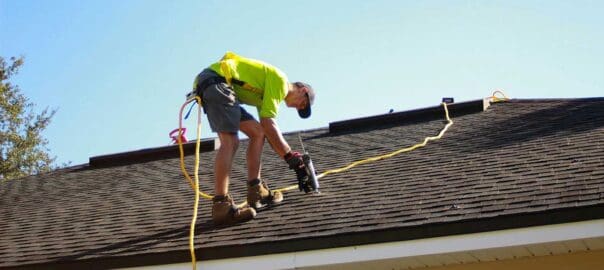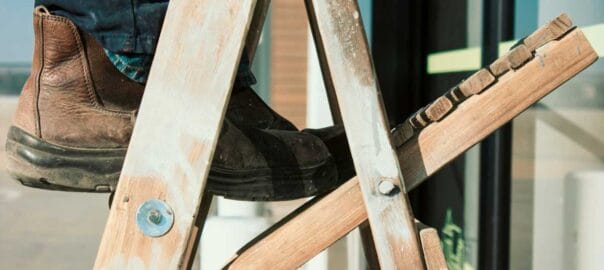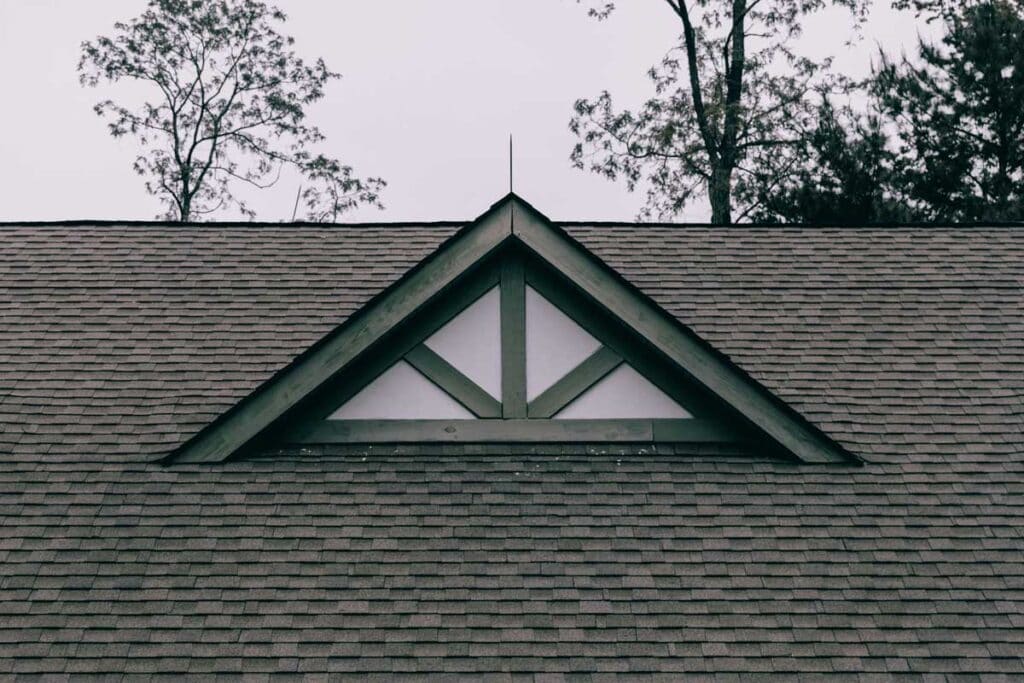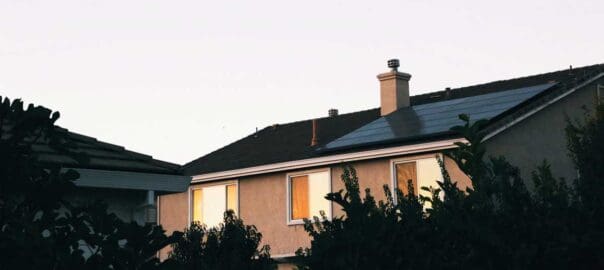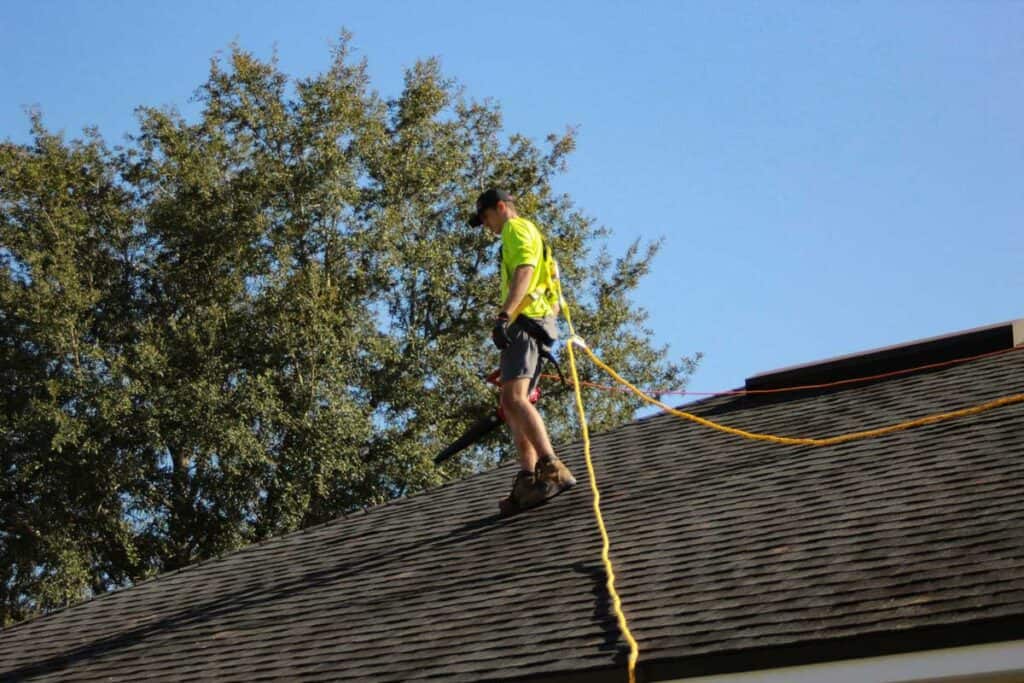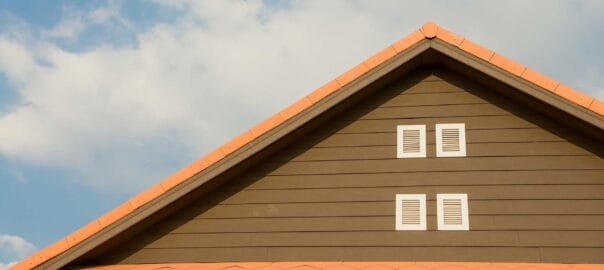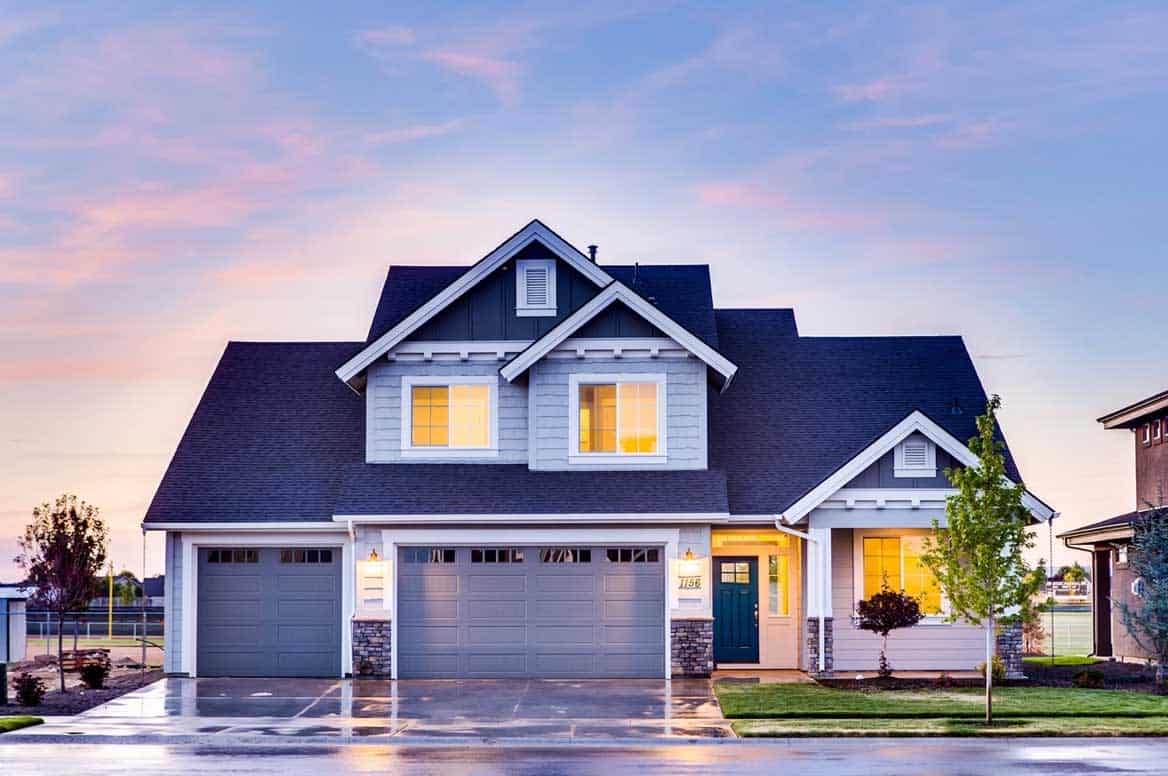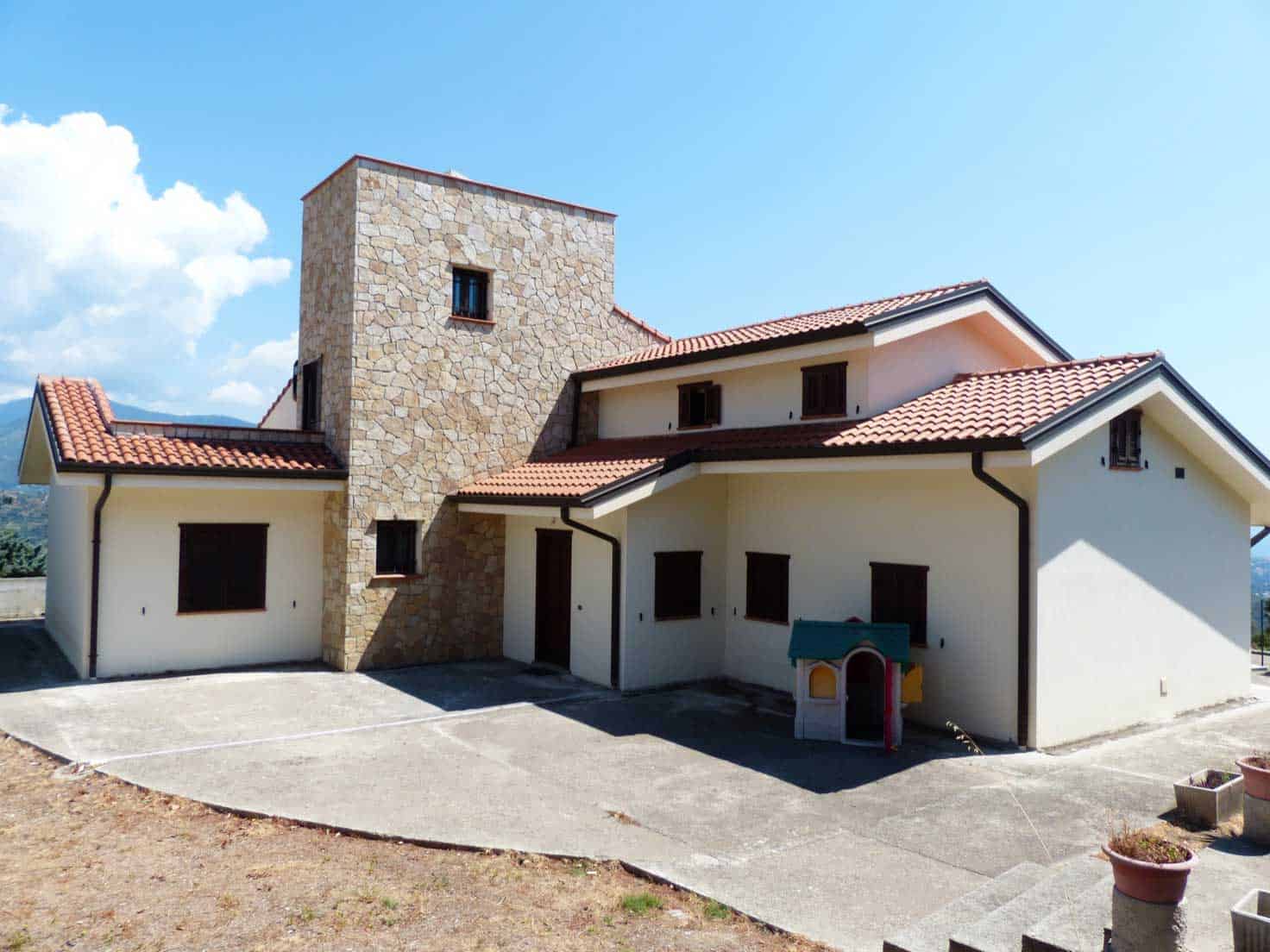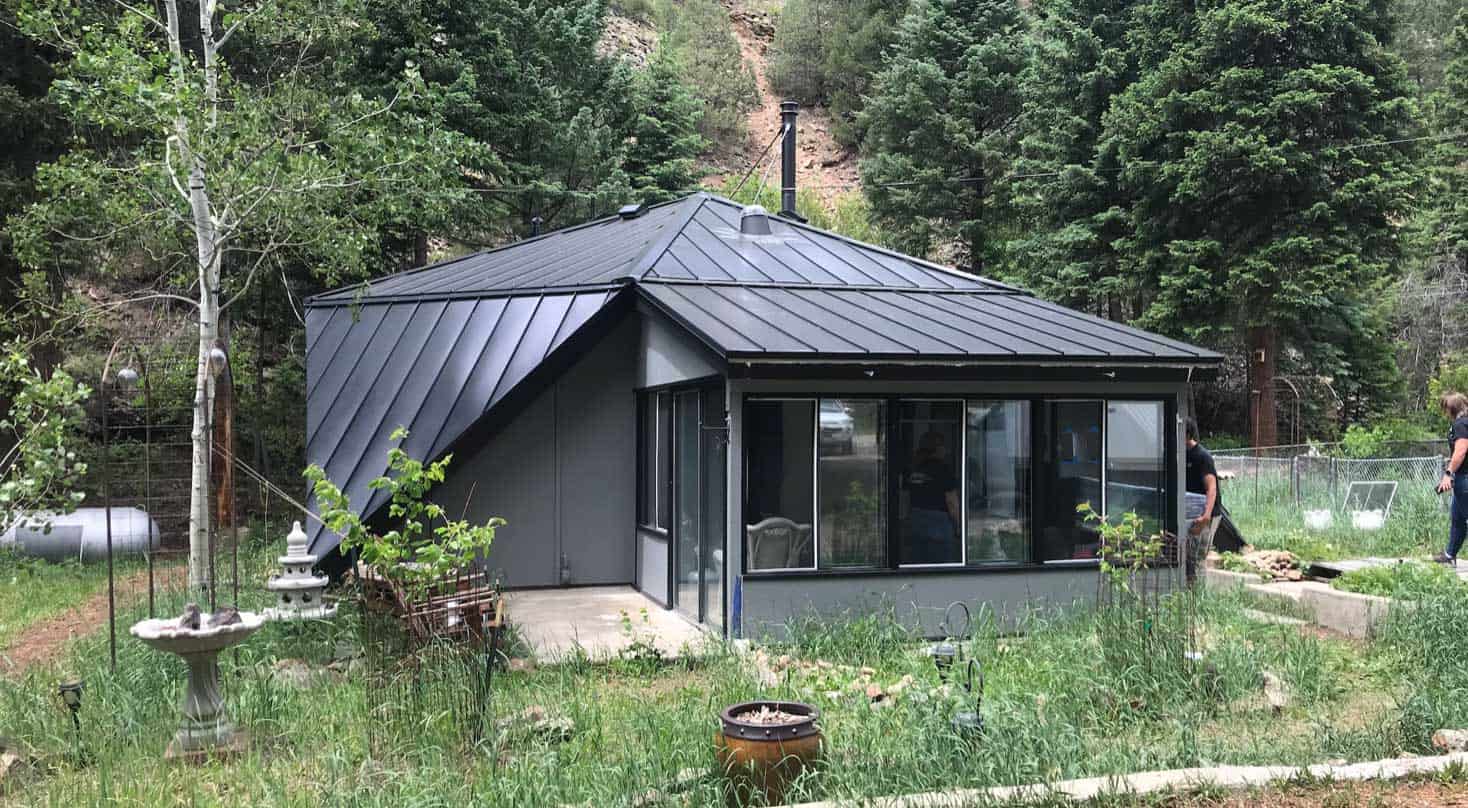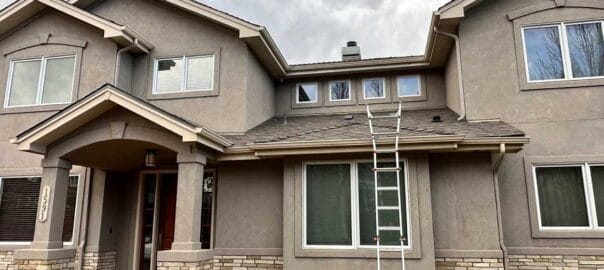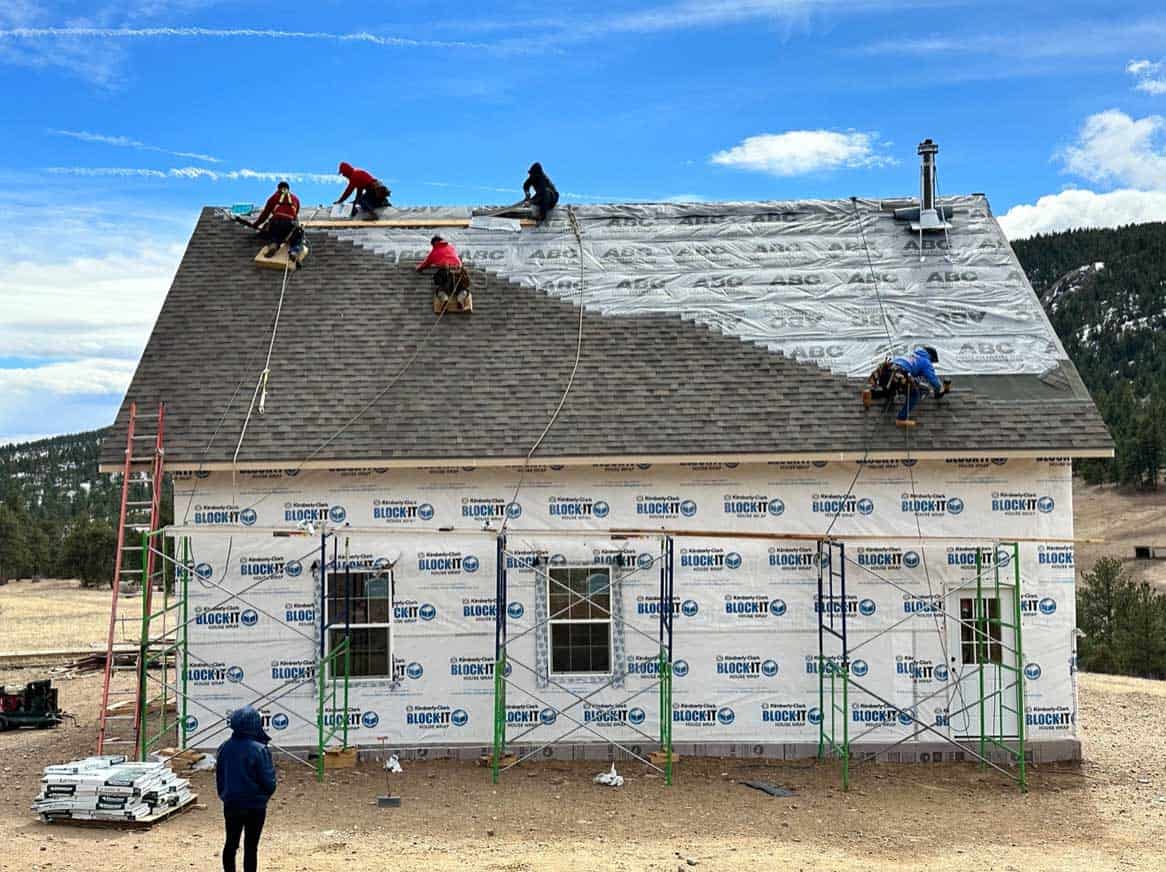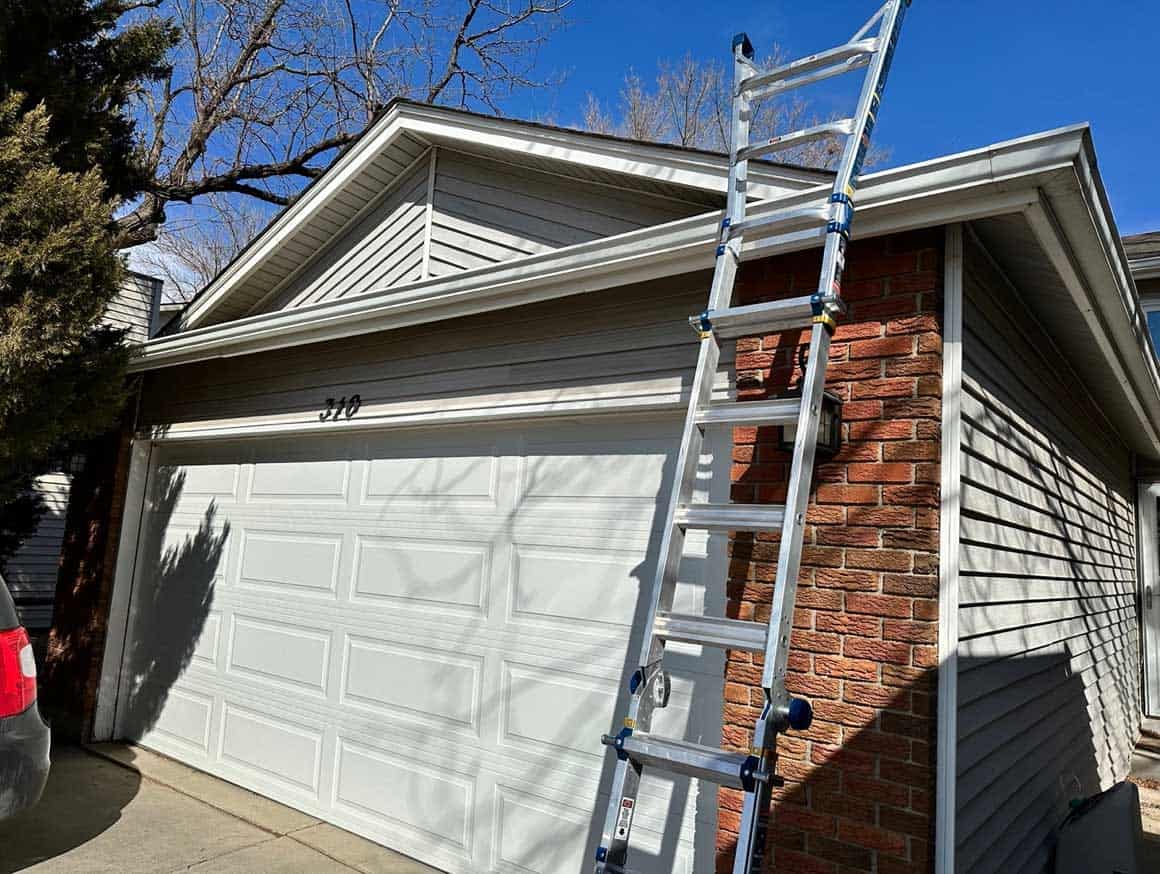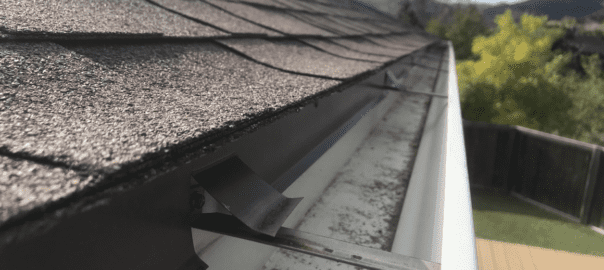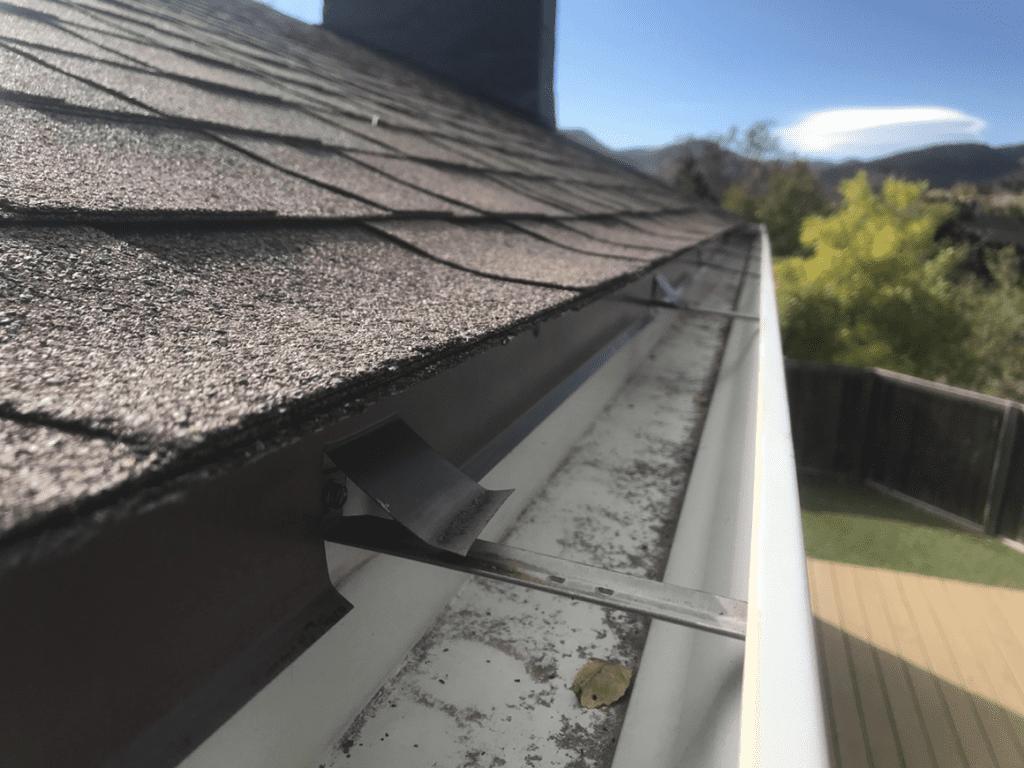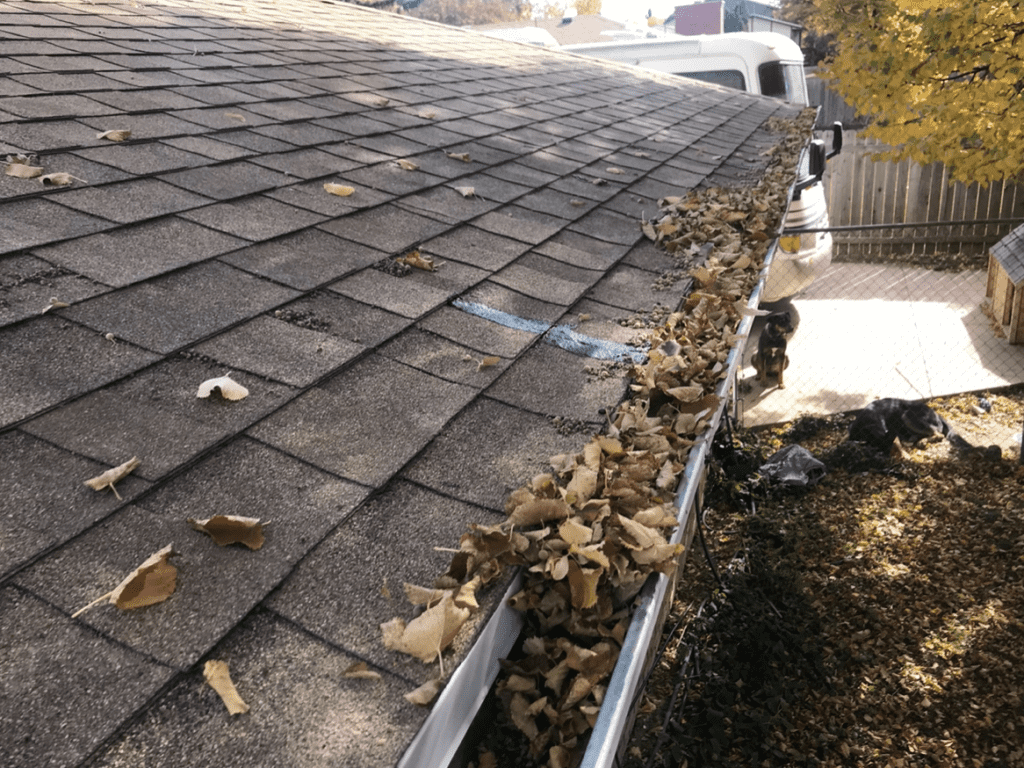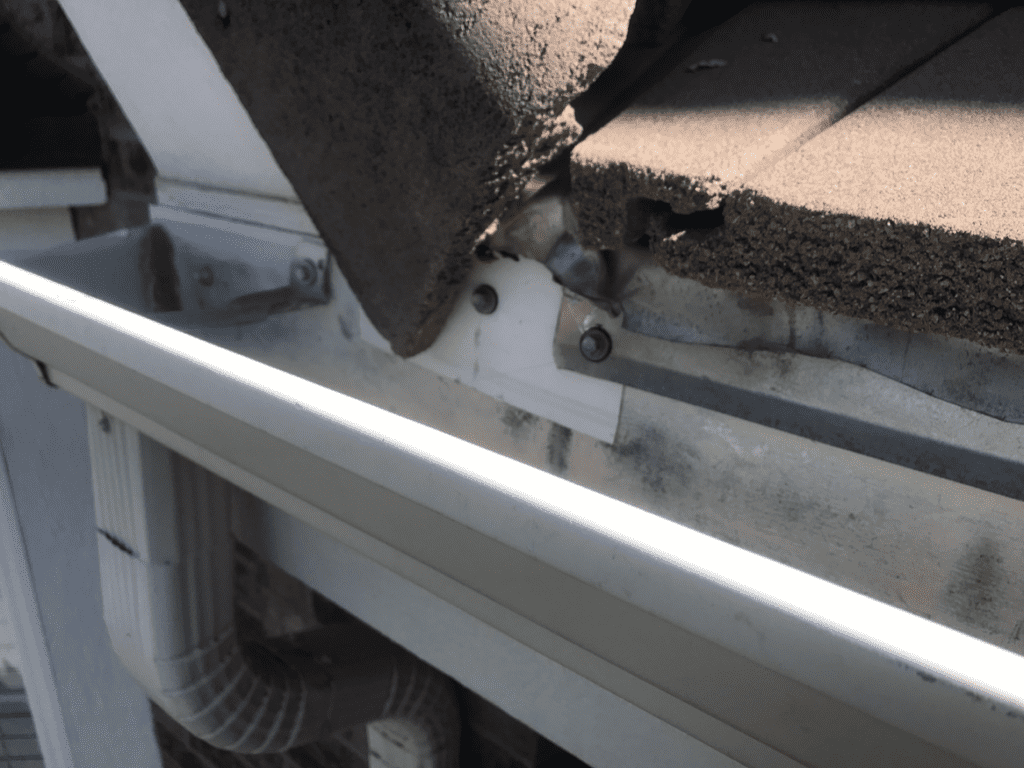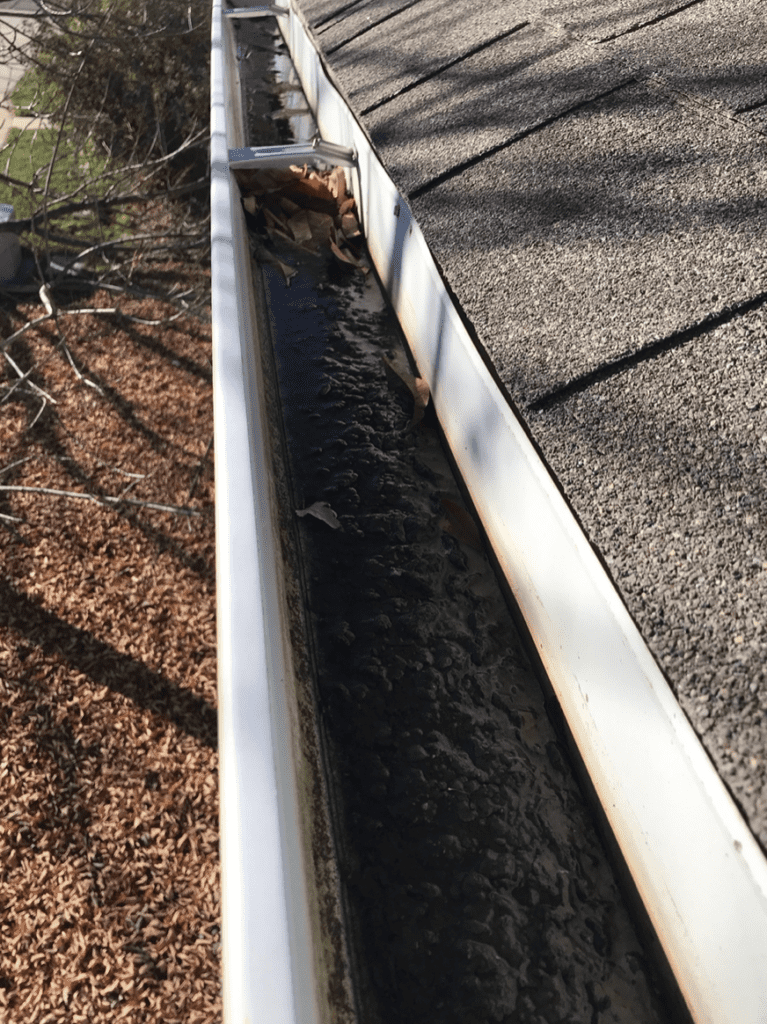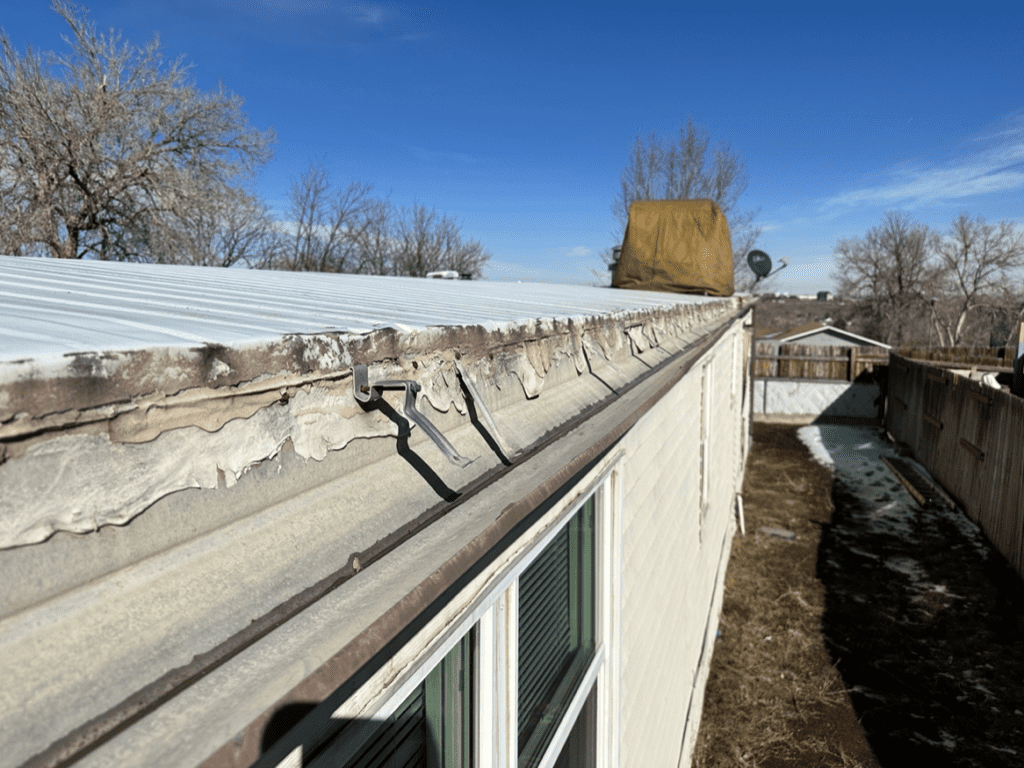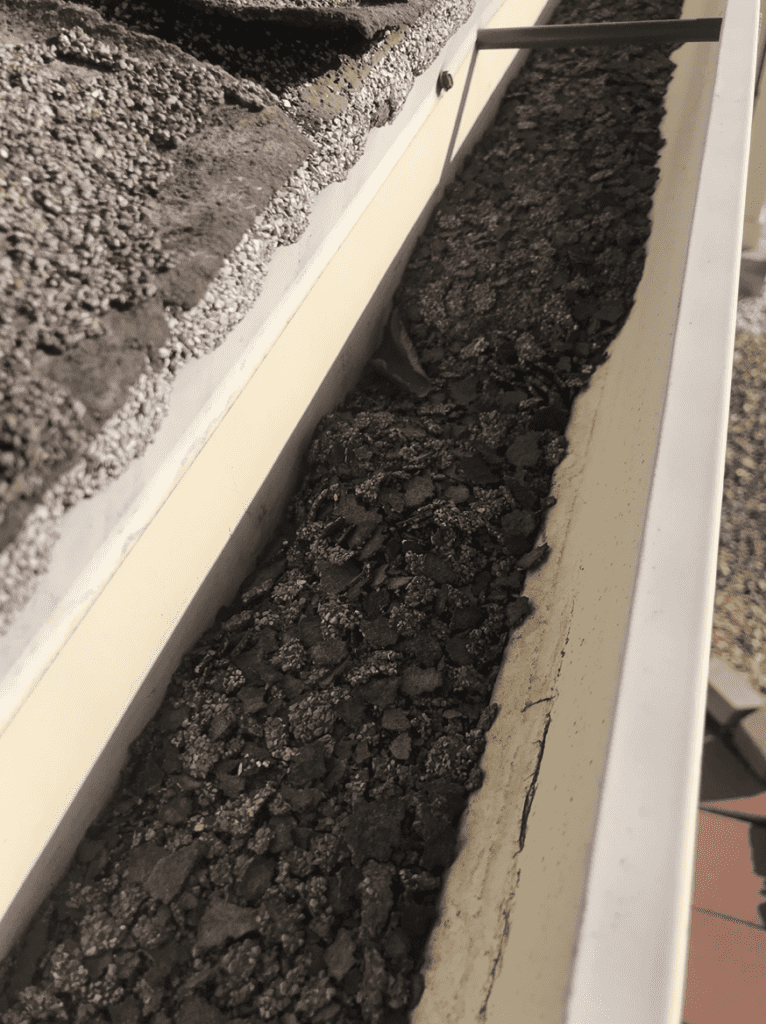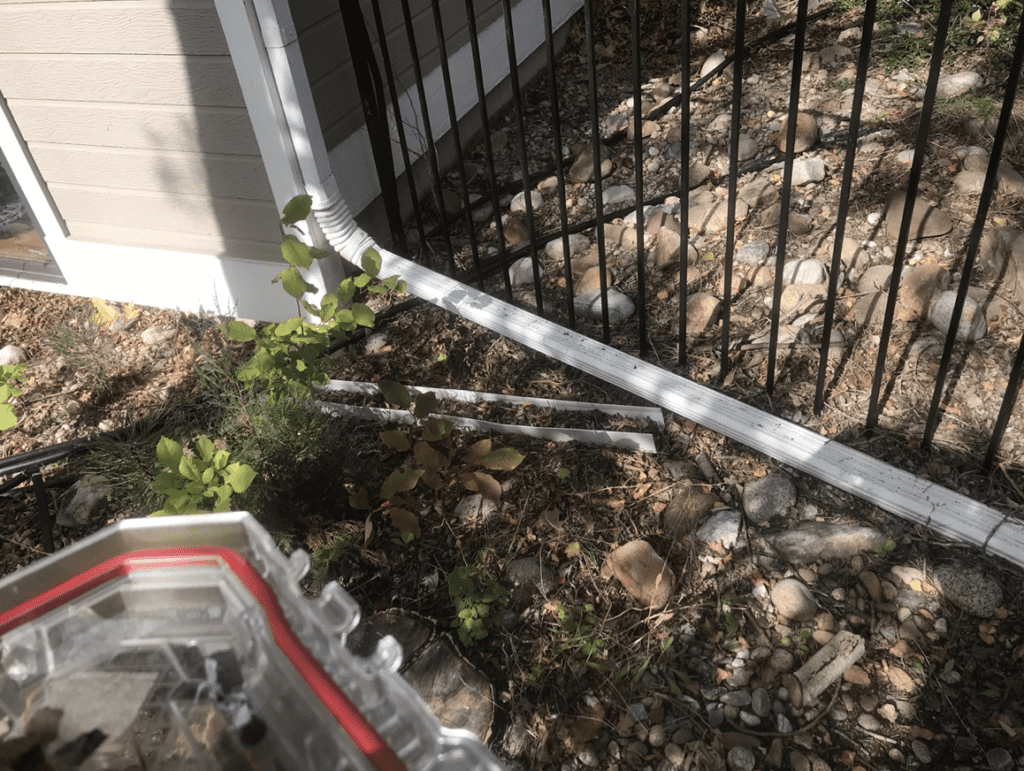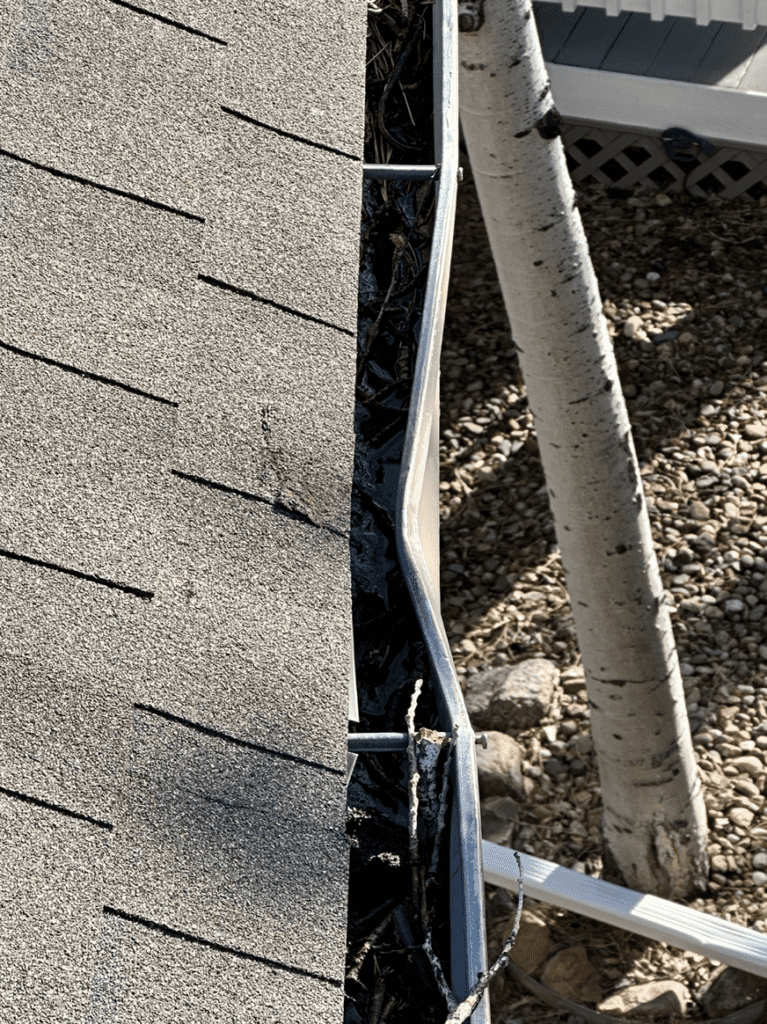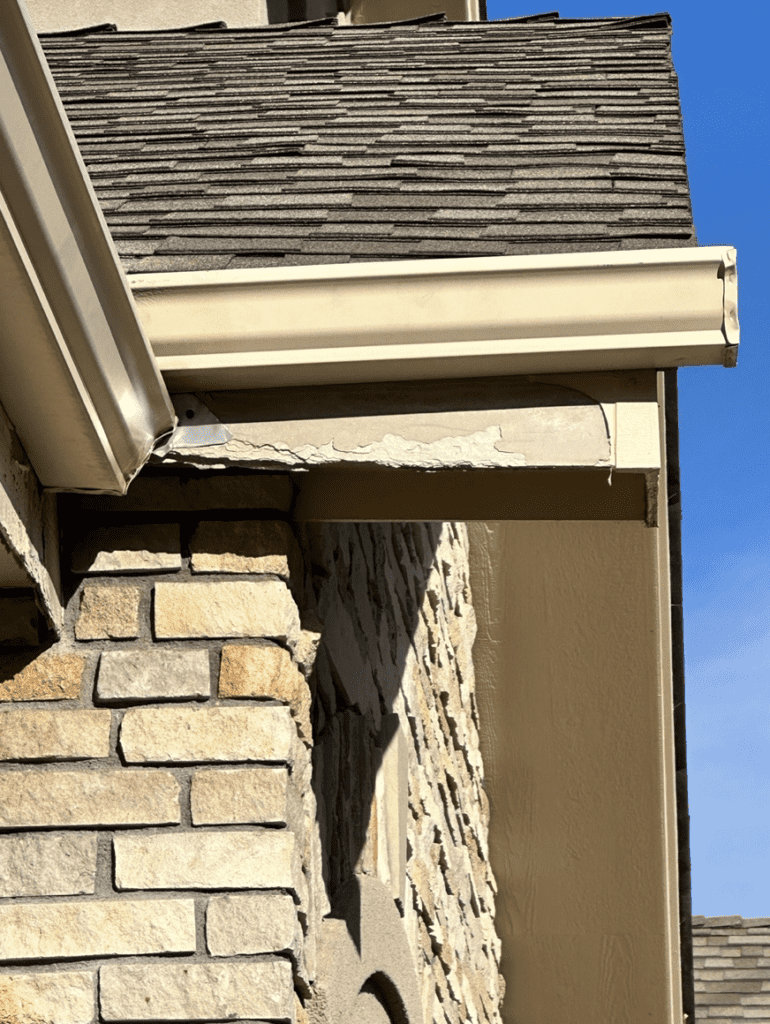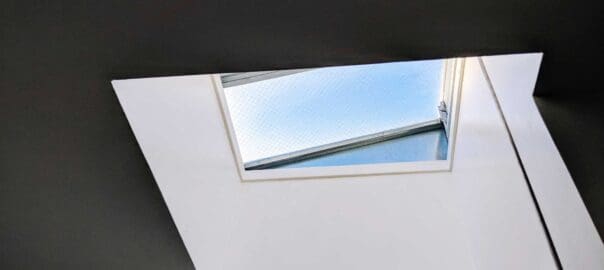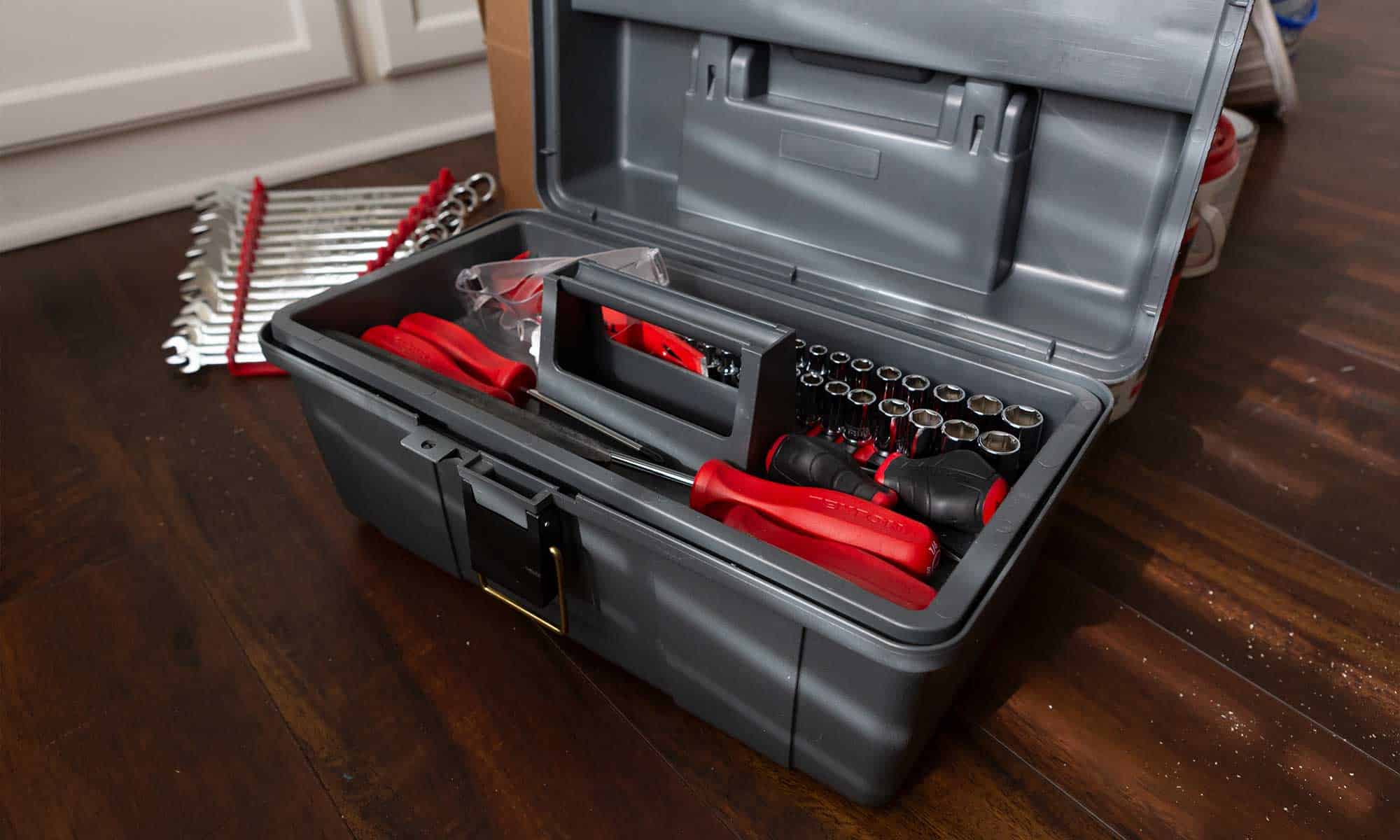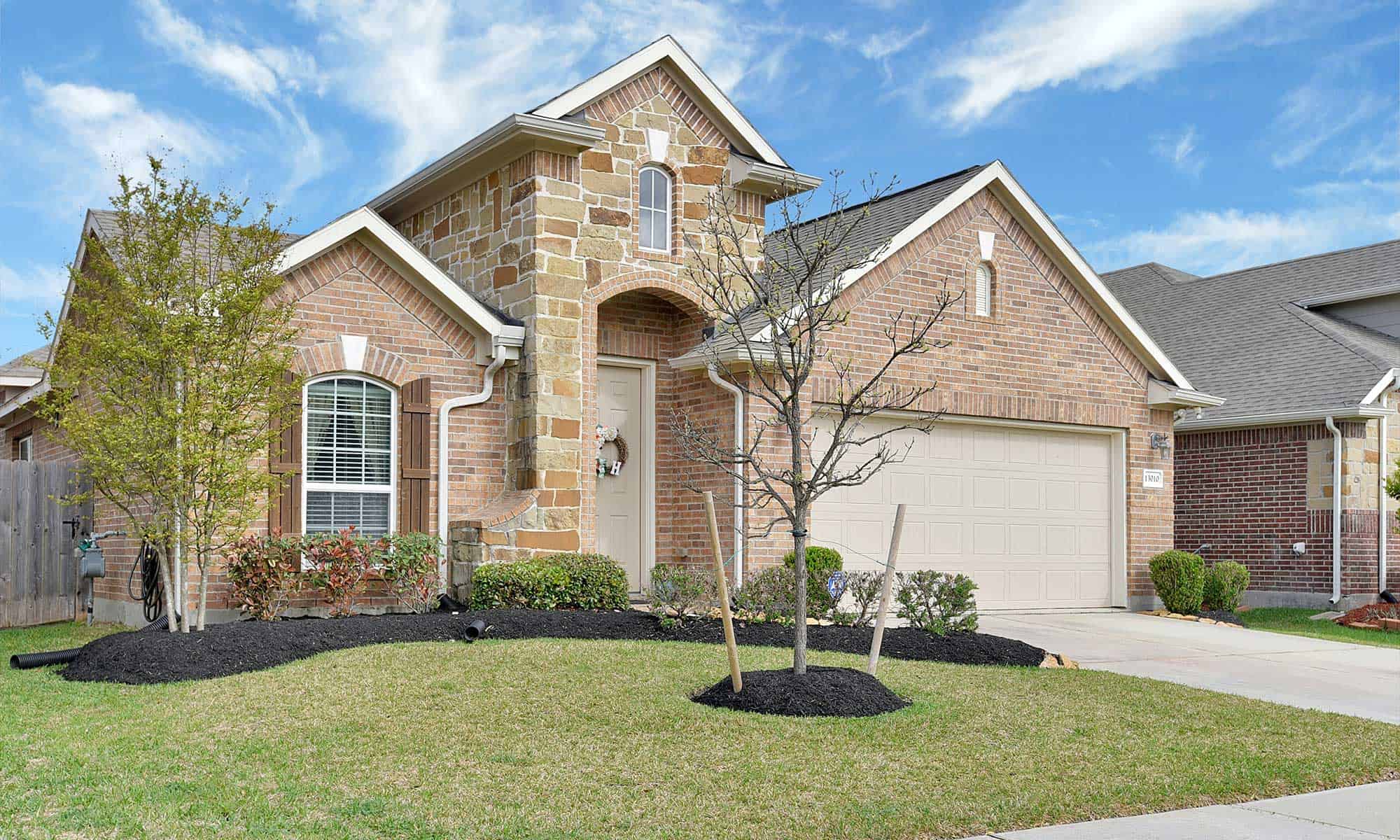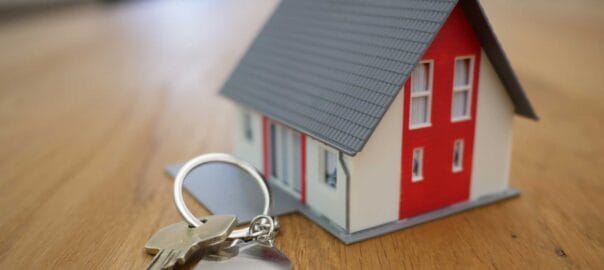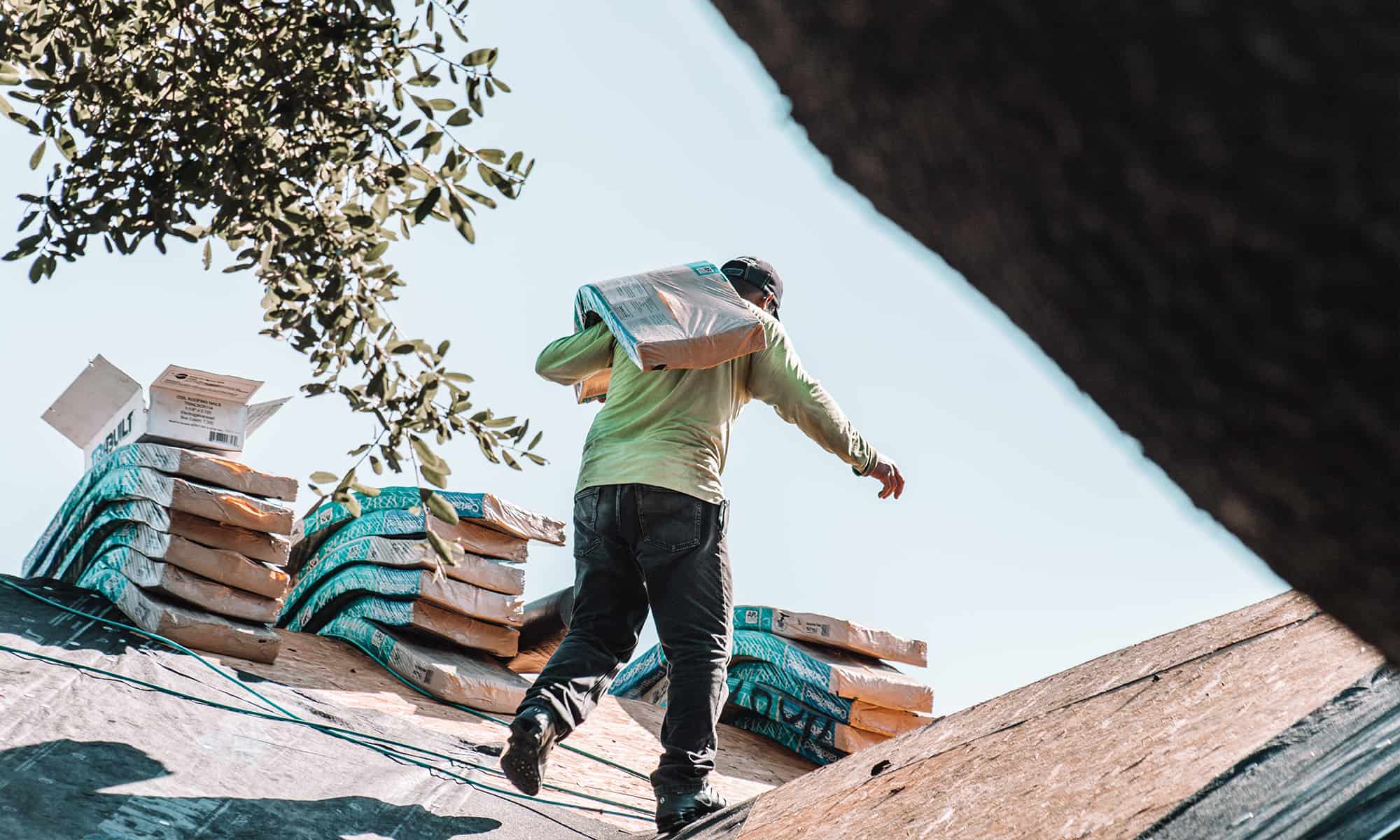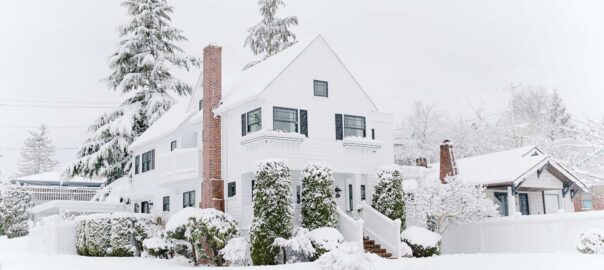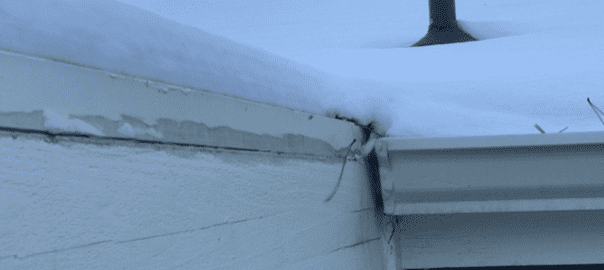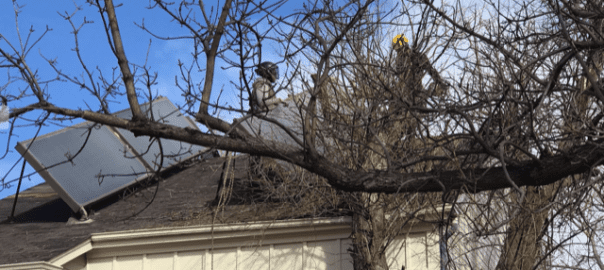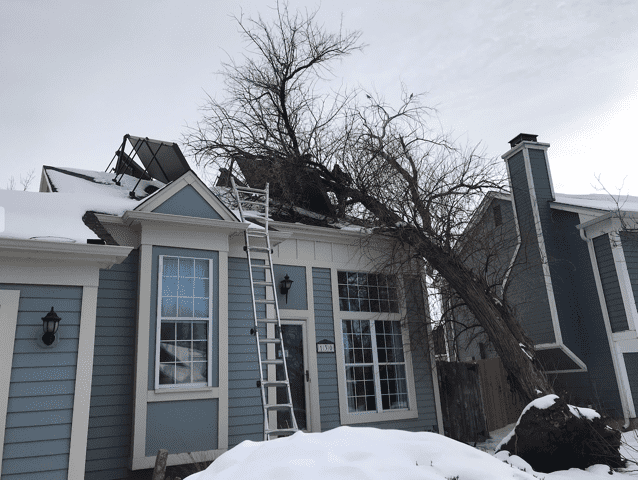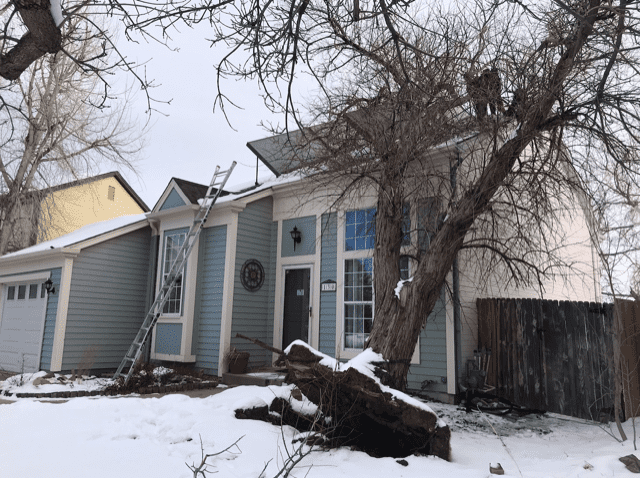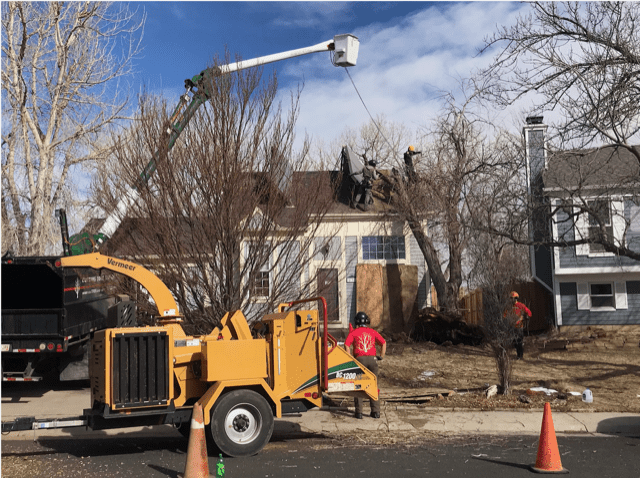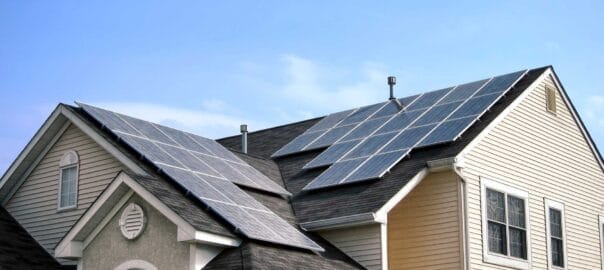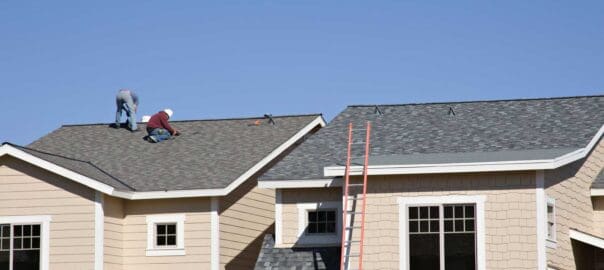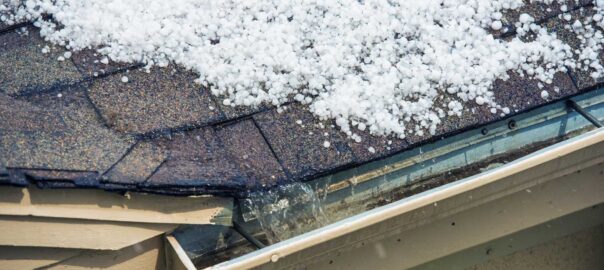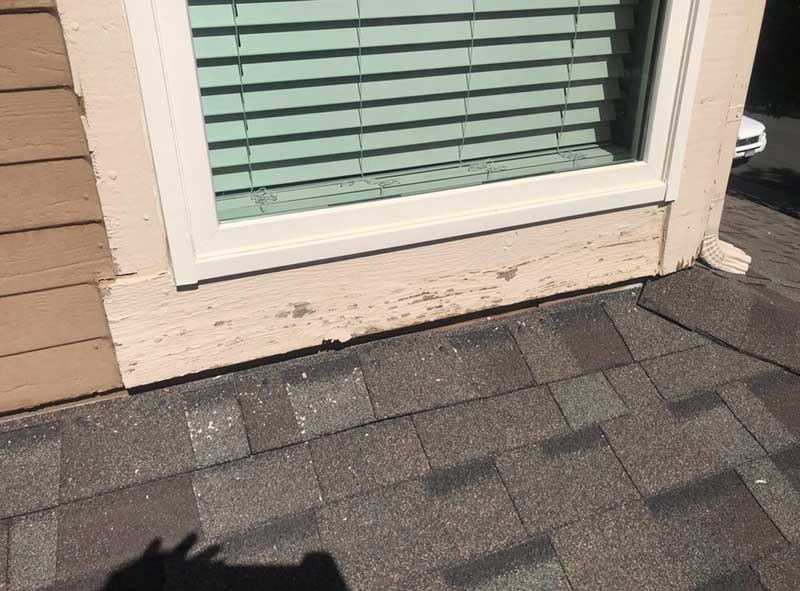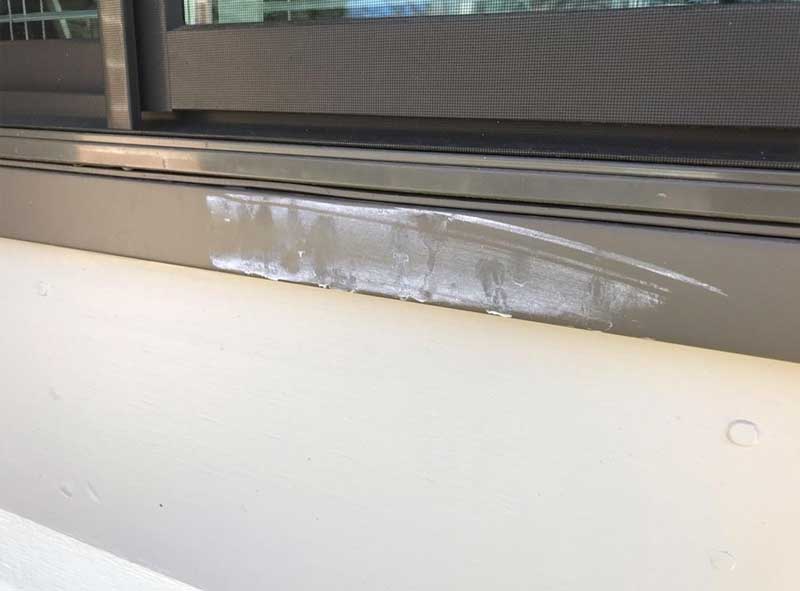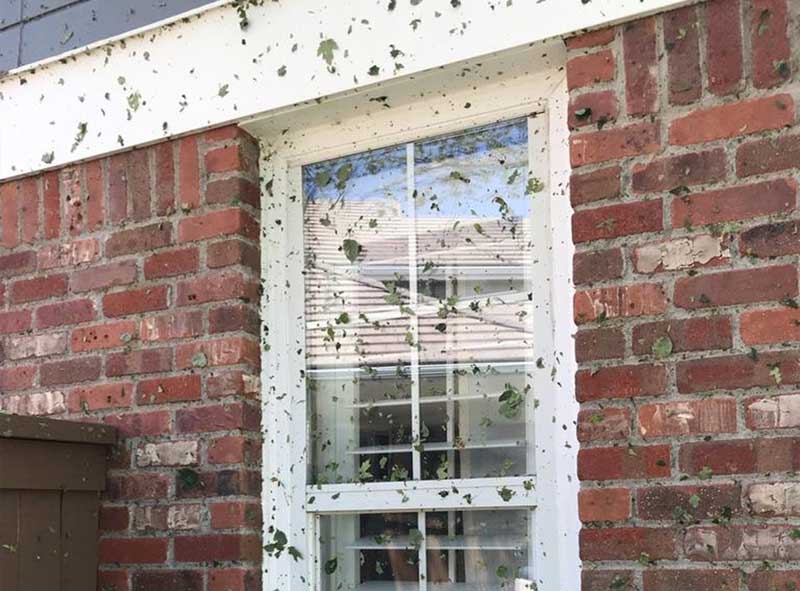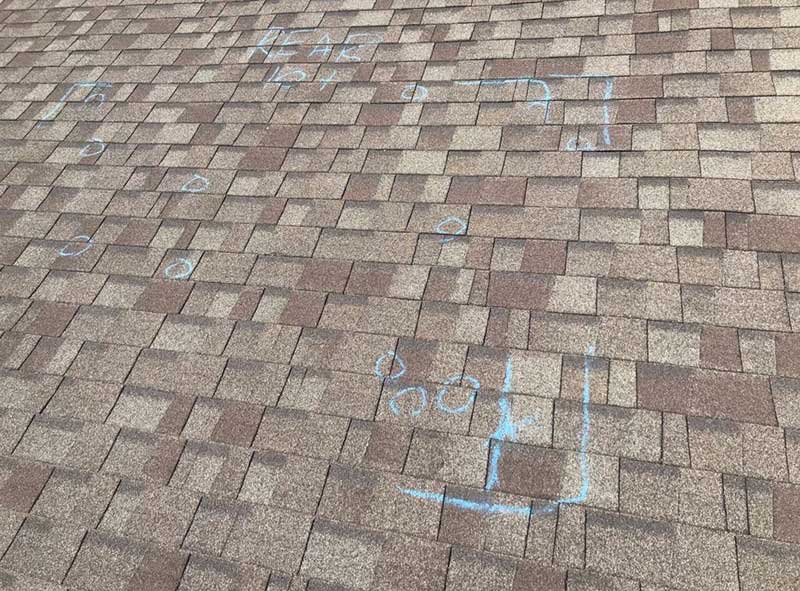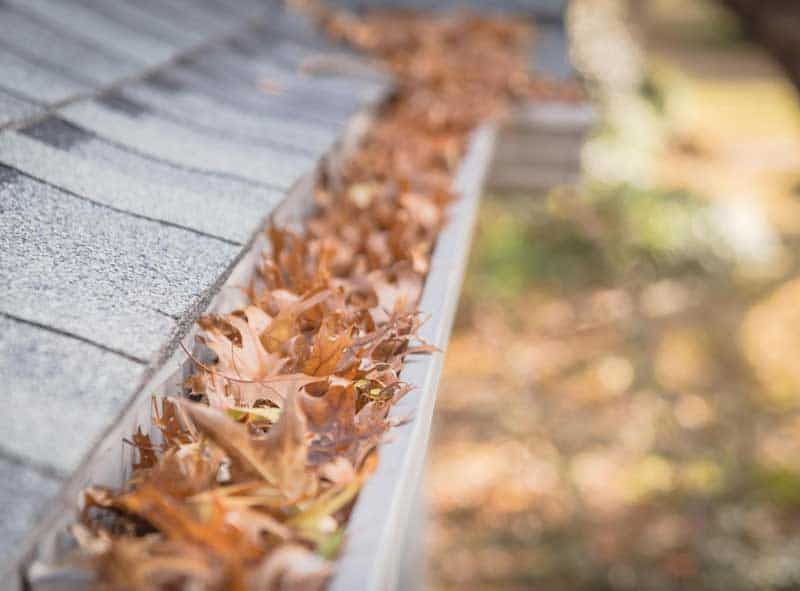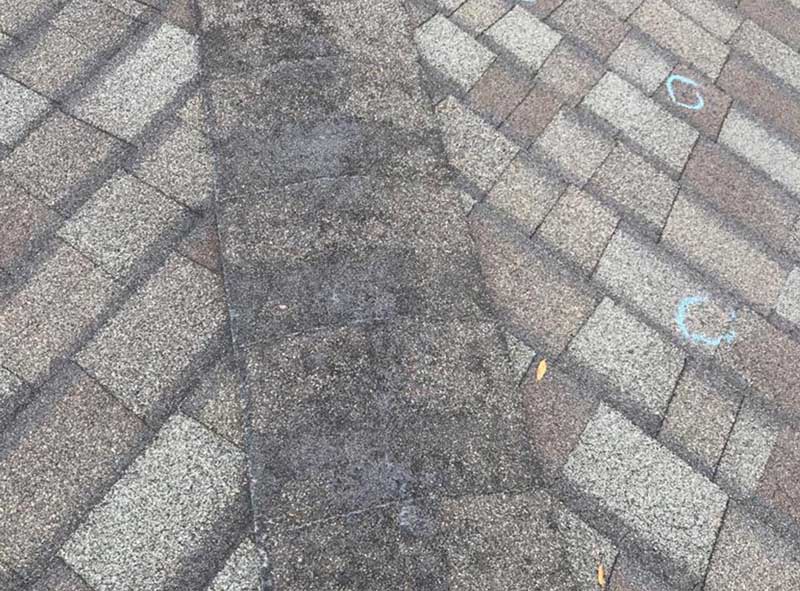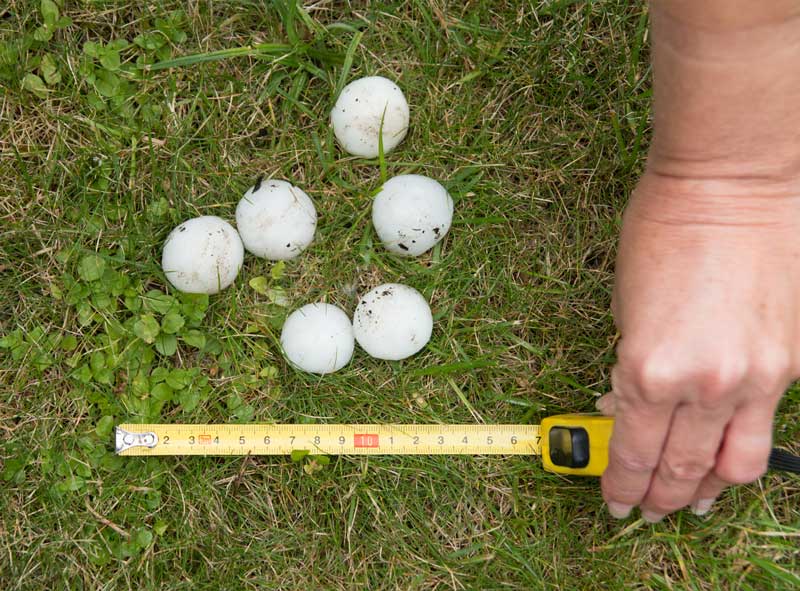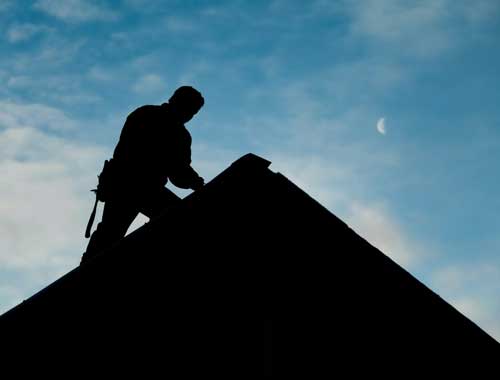If you’re a homeowner, you probably know how quickly insurance premiums can add up. Whether it’s your homeowners insurance, car insurance, or even health insurance—it seems like there’s always something to keep paying for. But what if I told you that something as simple as your roof could help you save on your home insurance? That’s right, by upgrading to a Class 4 impact-resistant roof, you could see significant savings on your premium. In this blog post, we’re going to dive into the world of roofing insurance discounts, explain why Class 3 and Class 4 roofs are so important to insurance providers, and even share a few real-world examples of homeowners who’ve saved big just by upgrading their roof.
What Is a Class 4 Roof and Why Does It Matter?
Let’s start with the basics: what exactly is a Class 4 roof? In simple terms, Class 4 roofing Refers to materials that have been rated for class 4 impact-resistant shingles. This means the materials have been tested to withstand the kind of hail, wind, and debris that would normally cause significant damage to your roof. Class 4 is the highest rating, meaning it’s the best at preventing damage, and it usually applies to shingles, tiles, or metal roofs designed to take a beating.
The rating is based on tests that simulate the effects of hail storms and other severe weather events. The higher the rating (Class 3 or Class 4), the more durable the material is. The Class 3 roof, while not as resistant as Class 4, still provides superior Durability is crucial when selecting roofing materials like class 4 impact-resistant shingles compared to standard roofing options like 3-tab shingles.
But why does this matter for your homeowner’s insurance? Well, insurance underwriters are all about risk management. The more likely a roof is to sustain damage in a storm, the more it costs for the insurance firm to replace it, especially with class 3 or 4 ratings. When your roof can withstand extreme weather, the risk of damage is significantly reduced, and as a result, your insurance rates can be much lower. A Class 4 roof can help reduce the likelihood of costly claims, which is why insurance providers are eager to offer discounts for homeowners who have one.

How Class 4 Roofs and Class 3 Roofs Can Lower Your Insurance Costs
Now let’s get into the numbers—how much can a roofing company save you? Class 4 roof How much can impact-resistant shingles actually save you? Insurance agencies are pretty specific about how they calculate premiums, and they love low-risk properties. According to several industry studies and insurance reports, homeowners with Class 4-rated roofs can see anywhere from 10% to 30% off their annual premium. That’s a big difference, especially considering that the average annual homeowners insurance premium is around $1,200. If you’re looking at a 30% savings, that’s $360 per year that could be staying in your pocket. Over the course of a few years, that could add up to a serious chunk of change.
So, what about Class 3 roofs? These roofs are a step down from Class 4 but still offer excellent protection. They typically provide class 4 shingles that enhance durability for hail resistance up to 1.75 inches in diameter. If you have a Class 3 roof, you could expect savings in the range of 5% to 15%. While this isn’t quite as high as a Class 4 roof’s discount, it’s still significant. So, even if you can’t quite swing the upgrade to a Class 4 roof, Class 3 is still a solid option for saving some money.
A Deeper Dive into the Insurance Industry’s Perspective on Roofing Material Durability
You might be asking yourself, “Why are Class 4 roofs such a big deal to insurers?” It all comes down to the potential for damage and the benefits of class 4 ratings durability and risk reduction. Insurance collectives are constantly trying to balance the cost of claims with the premium income they receive from homeowners. When a homeowner has a roof that’s less likely to sustain damage, it means the insurer is less likely to have to pay out a large claim.
Imagine this scenario: a hailstorm hits your area, and you’re lucky enough to have a Class 4 roof. Your roof might get a little dinged up, but because the materials are so durable, they can take the impact without cracking, breaking, or getting punctured. Your insurance company doesn’t have to pay for an entire roof replacement. That’s a win-win for them—and for you in the form of lower premiums.
On the flip side, if your roof is made of older, more vulnerable materials like 3-tab shingles, even small hailstones can cause serious damage to roof shingles, especially if they are not impact-resistant. In these cases, the insurance company will have to cover the cost of repairs or replacement, leading to higher premiums for you down the line. That’s why insurance companies are so eager to incentivize homeowners to install Class 3 and Class 4 roofing.

Real-Life Case Studies: Homeowners Who Saved Big on Their Premiums
Let’s take a look at some real-world examples of homeowners who upgraded to Class 4 roofing and enjoyed significant savings on their insurance premiums.
Case Study 1: The Johnson Family
The Johnsons had an older asphalt roof on their home, which had been in place for over 20 years. After a particularly rough hailstorm, they filed a claim and had to replace their roof entirely. And it was a very large roof. They decided to upgrade to Class 4 asphalt shingles, which promised to be more resistant to impact damage. After the installation was complete, they contacted their insurance provider to let them know about the new roof. The result? It impacts your home insurance costs significantly. Their annual premium dropped by 25%, which saved them around $750 per year. Over the next 5 years, that’s a savings of $3,750—not too shabby for an investment in a new roof!
Case Study 2: Sarah’s Tile Roof Upgrade to class 4 shingles.
Sarah owned a home with a concrete tile roof that was about 15 years old. While concrete tile roofs are generally durable, hers had started to show signs of wear. After learning about the potential for insurance discounts, Sarah decided to upgrade to a new Class 3-rated concrete tile roof. The insurance company offered her a 15% discount on her annual premium, which equaled a savings of about $350 per year. With the added bonus of better protection against hail and wind, Sarah felt confident in her investment.
Case Study 3: Mark’s Metal Roof
Mark had always been interested in upgrading to a metal roof but hesitated because of the upfront cost. After doing some research, he realized that not only would he get a long-lasting, durable roof, but he’d also be eligible for significant insurance discounts and save money in the long run. Mark installed a Class 4 metal roof and immediately saw a 25% reduction in his insurance premium. That’s a savings of over $500 a year!
In Conclusion: The Smart Choice for Homeowners
Upgrading to a Class 4 impact-resistant roof is more than just a smart move for protecting your home from severe weather—it’s also a financially savvy decision. With the potential to save up to 25 to 30% on your homeowner’s insurance, it’s an investment that pays off in multiple ways. Whether you’re dealing with hailstorms, heavy winds, or just the wear and tear of time, an upgraded Class 4 roof offers you peace of mind and substantial savings.
If you’re ready to explore the possibilities of upgrading your roof and saving money on your premiums, reach out to a trusted roofing professional to discuss your options. The sooner you make the switch, the sooner you can start saving!
Ready to Save on Your Insurance? Let’s Talk about upgrading to impact-resistant shingles!
At Denny’s Roofing, we specialize in helping homeowners upgrade to durable, impact-resistant roofs that not only protect your home but also save you money on insurance costs. These often impact your insurance coverage favorably, and you can confirm this with your own insurance adjuster. We are certified in all kinds of roofing materials, including class 4 shingles, and can help guide you based on your needs. Contact us today for a FREE roof inspection and/or to learn more about how a Class 4 roof can benefit you. Remember us – If you are making an insurance claim to replace your roof, and we can help you navigate home insurance policies to ensure you’re getting the best coverage and discounts for your roof!

